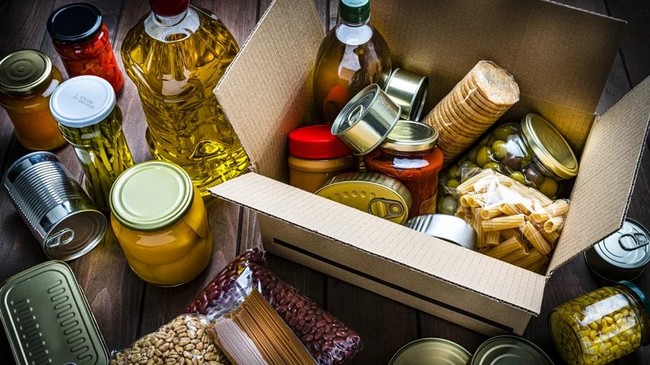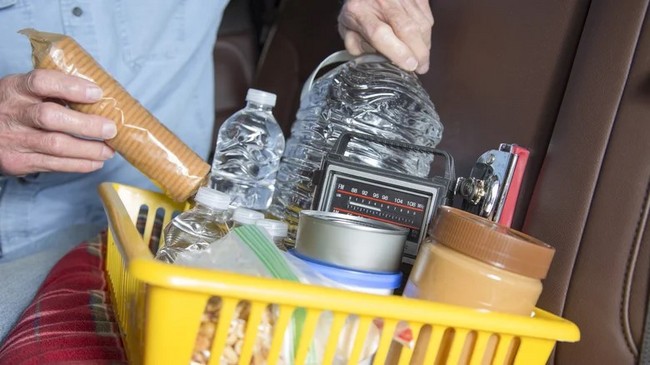✕

Column: industry Tag: hurricane,emergency kit,fact Published: 2024-10-14 09:36 Source: www.mashed.com Author: STACIE ADAMSOCT

Fcafotodigital/Getty Images
Hurricane season, which lasts from June 1 until November 30 each year, affects more than just those who live on the coast. Strong winds and heavy rain can result in downed trees, power outages, and flooding even far inland as a hurricane makes landfall. As with any natural disaster, emergency preparedness is essential, which can entail evacuating one's home or holing up inside, often without power, until storm recovery is complete.
In both cases, you must have a sufficient amount of food for you and your family to help you wait out the disaster. In the event of an evacuation, you should have at least three days' worth of food. If you're remaining within your home, it's recommended that you have at least two weeks' worth of food. As for water, your stock should include 1 gallon per person for every day of hurricane recovery.
Because refrigeration may be unavailable in the aftermath of the storm, the foods in your hurricane supply should mostly be shelf-stable, non-perishable items. While retailers like Costco offer ready-made prepper food kits to hold you over during disasters, putting together your own kit ensures a greater variety of foods.
Types of food to include in your emergency kit

Fstop123/Getty Images
When packing food for your hurricane emergency kit, items like water and canned goods are a given. With canned foods, knowing the tell-tale signs of spoilage, such as foul odors and visible damage, is also important. Along with these supplies, there are other items that you must include, such as sources of protein. Peanut butter is an excellent selection for emergency preparedness, as it's shelf-stable and contains ample calories to keep you going. Beef jerky and cured meats are also great sources of protein to include in an emergency food kit, as are nuts, legumes, and seeds for quick snacking. As for grains, bread, cereal, and crackers are all good options.
When it comes to milk, shelf-stable varieties are preferred to ensure they remain fresh for the duration of hurricane recovery. Shelf-stable milk is subject to a special pasteurization process that allows it to remain safe for consumption for up to six months without refrigeration. Powdered milk is another good option as it can last 18 months or longer in many cases. Hurricanes are a worrisome proposition, but proper food prepping can ease your mind, at least where meals are concerned.
Previous:The Best Type Of Rum Cocktails To Pair With Chinese Food
Next:The Unexpected Vegetable Your Ice Cream Is Begging For
Hot key words
Hot Products
Popular Vendors